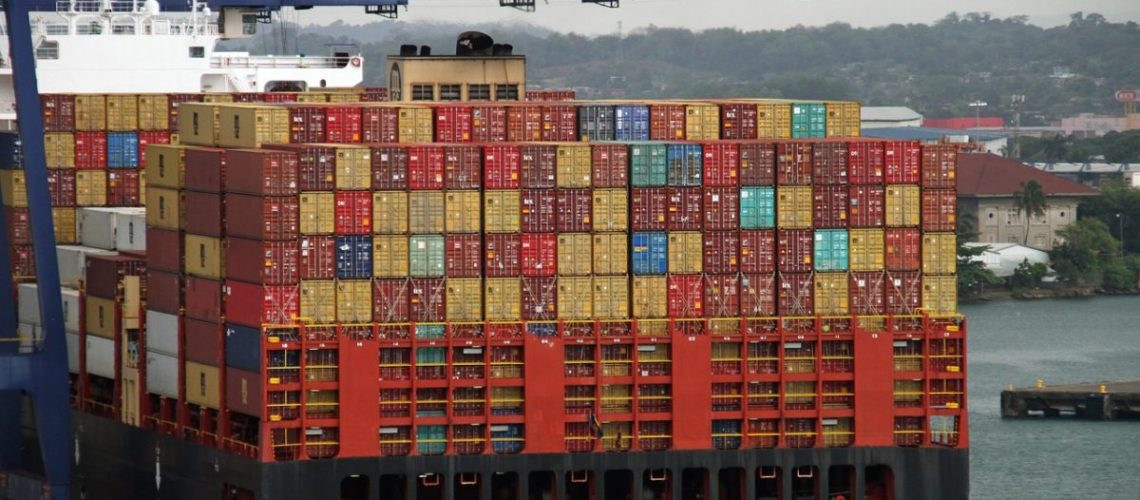The United States federal government recently made a rapid series of international trade policy changes and updates to incentives for clean energy projects. The following is a roundup of these changes, along with insights on market impact.
AD/CVD initiated
On May 15, the Department of Commerce initiated its investigation for alleged antidumping and countervailing duty (AD/CVD) infractions in Vietnam, Malaysia, Thailand, and Cambodia. Historically, tariffs have ranged as high as 50% to 250% of the cost of shipped goods.
The International Trade Commission (ITC) must now make a preliminary determination on the investigation by June 10, 2024. ITC will determine whether the domestic industry has suffered injury from import of dumped goods.
Solar supply chain expert group Clean Energy Associates (CEA) said there is “no direct market impact” from the decision. However, the threat of AD/CVD is causing prices to increase, contracts to be re-negotiated, and is delaying procurement decisions, said CEA. It said project timelines are being pushed back as a result, particularly for projects planned for construction in 2025.
Domestic content bonus guidance
On May 16, the U.S. Treasury updated guidance on access the domestic content bonus under the Section 48/48E Investment Tax Credit and Section 45/45Y Production Tax Credit, tax credits made available via the Inflation Reduction Act. The bonus is a 10% adder to the base 30% tax credit for clean energy projects.
IRS requires that structural construction components like steel and rebar foundation posts for solar projects are 100% U.S. manufactured. The rest of the materials, listed as “manufactured products,” must include domestic content for 40% of the cost, increasing to 55% over time.
Developers must collect three “direct costs” from equipment providers to calculate the manufactured product portion. The direct costs are the wages paid to factory workers, payroll taxes on those wages and the amount paid to component suppliers for parts supplied directly to the factory.
Clean energy developers now have the option to rely on Department of Energy provided data on default cost percentages for an exhaustive list of manufactured products and their components. This safe harbor data can be used in lieu of obtaining direct cost information from suppliers. The updates are expected to make the bonus easier for project developers to access.
“However, even for those solar projects utilizing trackers with a high portion of domestic content, most projects will still need a domestic cell or a First Solar module to qualify, and these are in limited supply,” said CEA. “Therefore, while CEA expects more projects to now qualify for the Domestic Content Bonus (particularly in 2026 and thereafter), the number of projects will still be limited.”
Bifacial exemption removed
Also on May 16, the Biden Administration reinstated tariffs on bifacial solar modules, which generate electricity on both sides of the panel. Bifacial solar modules were previously exempt from tariffs, and the removal of the exemption reinstates a 15% tariff.
The reinstatement of this tariff is expected to increase the cost of commercial, industrial and utility-scale solar projects by 1% to 2%.
With the removal of this exemption, the cost of imported bifacial solar panels, typically ranging from $0.10 to 0.25 per watt, will increase by $0.015 to $0.0375 per watt. For commercial projects with installation costs between $1.50 and $2.75 per watt, these increases will result in system price hikes of about 1-2%. Bifacial panels now represent 98% of all solar panels imported into these sectors.
The Administration also maintained a tariff-rate quota, a volume of solar cells that can be imported without paying the 201 tariff. This will be set at 5 GW, though Biden said if the total volume of cell imports reaches 5 GW in a year, he has the power to raise the tariff-exempt cells by 7.5 GW to a total of 12.5 GW.
CEA said the removal of the bifacial exemption is expected to have a limited impact on module prices, as around half the tariff cost is expected to be absorbed by suppliers. However, combined with AD/CVD duties, 201 tariffs could “significantly disadvantage products from Southeast Asia in the U.S. market,” said CEA.
Section 301 tariffs raised
On May 14, the Biden Administration announced changes to Section 301 tariffs on imports of electric vehicles, solar, battery energy storage, and related components.
Tariffs on solar cells and modules shipped from China were raised from 25% to 50%. A range of exemptions were provided for solar cell and module manufacturing equipment, which were previously exposed to 25% tariffs.
Clean Energy Associates said the tariffs on Chinese solar cells and modules “are largely performative” as the U.S. only imports about 1% of its solar cells and modules directly from China.
“The removal of tariffs on solar manufacturing equipment will reduce capital expenditure costs for U.S. cell and module factories, making it easier to set up these factories and making U.S. cell and module production marginally less expensive and more competitive with imports,” said CEA.
In a follow-up report, pv magazine USA will review recent policy change effects on the energy storage market.



